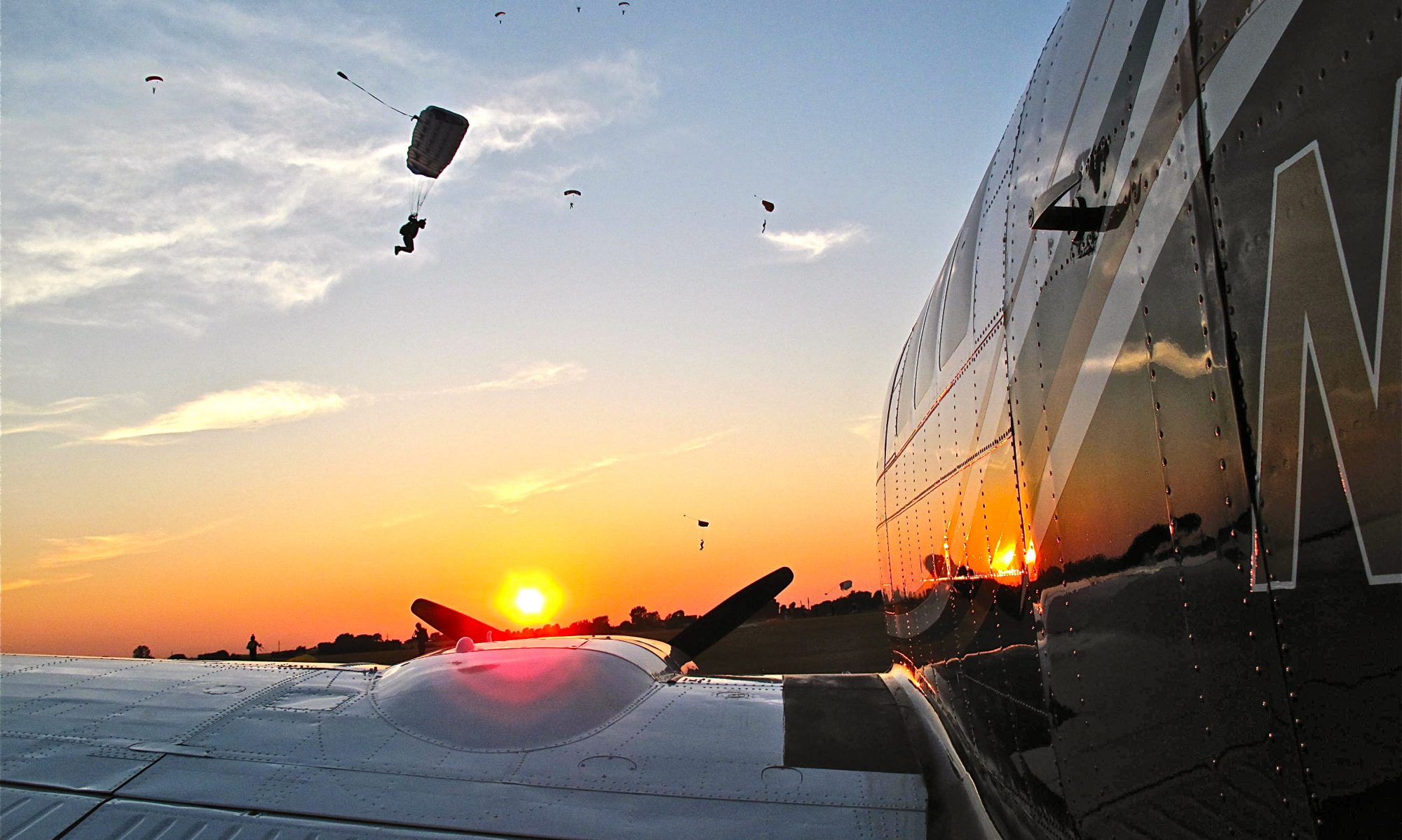2013 F/A-18 crash: Out of fuel, out of time and one chance to land
A great write-up about a chain of events that led to the loss of a Hornet.
The aircraft carrier Dwight D. Eisenhower was finally in sight.
Now he was out of options. He had one chance to land.









